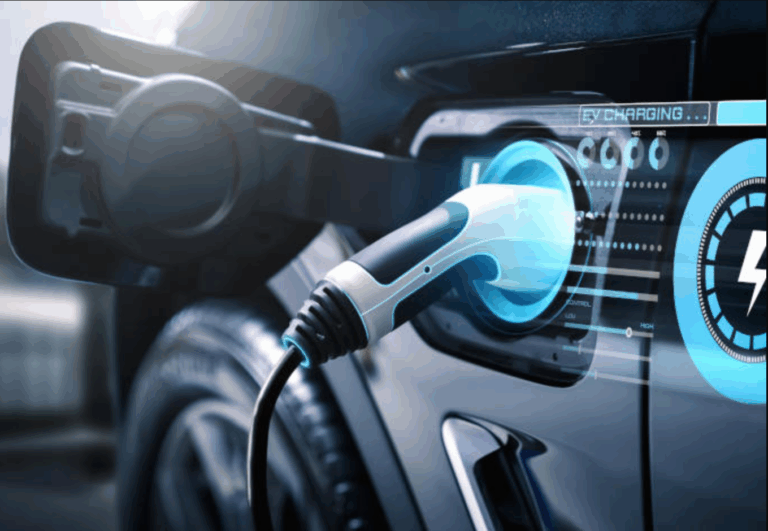Revolutionary Battery Innovation Set to Transform Electric Vehicles
A groundbreaking advancement in silicon-based battery technology is poised to dramatically enhance electric vehicle capabilities, promising a tenfold increase in range. This innovation comes at a critical time as demand for electric cars continues to surge.
The Crucial Role of Battery Anodes
To understand the significance of this technology, it’s essential to grasp how batteries work. Batteries store energy through two key components: the anode and cathode. The anode stores energy during charging and releases it when powering devices like electric vehicles. Currently, most battery anodes are made from graphite, a reliable but limited material in terms of energy storage. Silicon has long been considered a promising alternative due to its higher energy storage capacity, but its tendency to expand during charging has posed safety risks.

A Breakthrough in Battery Safety and Capacity
Researchers from Pohang University of Science & Technology (POSTECH) and Sogang University have successfully addressed silicon’s limitations by developing an innovative binder material that prevents silicon from swelling during charging. This breakthrough enables batteries using silicon anodes to safely store ten times more energy than graphite-based batteries, potentially extending electric vehicle ranges to over 3,000 miles.
“The research holds the potential to significantly increase the energy density of lithium-ion batteries through the incorporation of high-capacity anode materials, thereby extending the driving range of electric vehicles,” explained Professor Soojin Park of POSTECH. The implications are profound, making electric vehicles more practical and appealing to consumers.
Global Efforts in Battery Innovation
POSTECH’s achievement is part of a broader global push in battery technology. Researchers in China are exploring sodium-based batteries as a potentially more affordable and accessible alternative to lithium. NASA scientists are advancing solid-state batteries that are lighter and more compact, which could benefit both space missions and electric vehicles. Other innovative approaches include developing biodegradable batteries made from materials like crab shells, highlighting the industry’s shift towards sustainability.
Beyond Transportation: Wider Impact
The significance of these battery breakthroughs extends far beyond the automotive sector. Enhanced energy storage systems are crucial for renewable energy sources like solar and wind power, which require efficient storage solutions to address their intermittent nature. Improved batteries can capture surplus energy during peak production periods and release it during calm or cloudy periods, thereby boosting renewable energy utilization and reducing reliance on fossil fuels.
As battery technology continues to evolve, it brings the world closer to a future powered predominantly by renewable energy and electric vehicles. With global climate challenges mounting, efficient and powerful battery technologies are not just desirable—they’re essential. Every advancement represents a step towards a more sustainable energy landscape and a cleaner, healthier planet for future generations.



